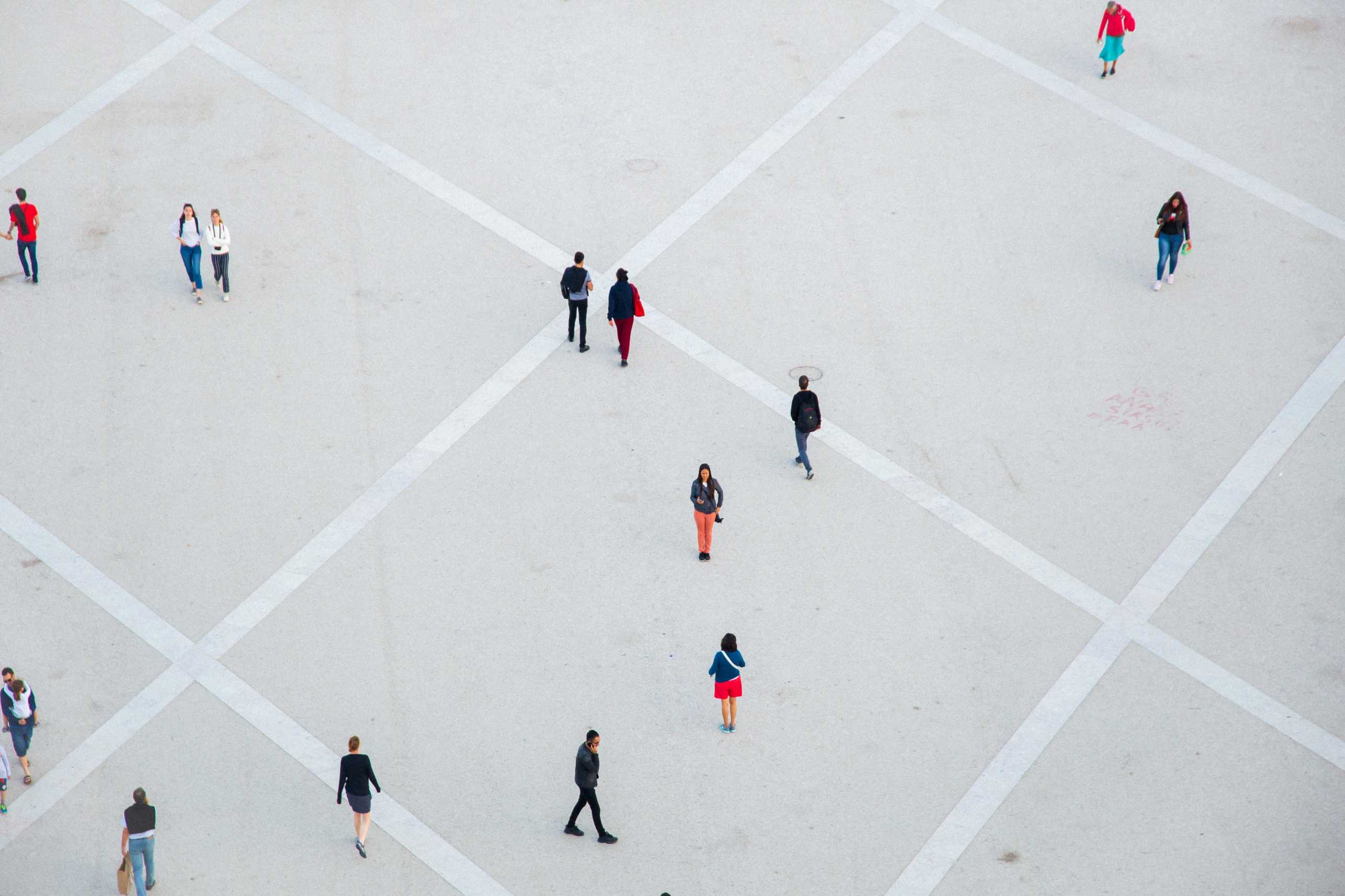Making Sense of Segregation in Public Space
In urban public spaces, encounters between strangers are the norm. But whose paths actually cross? And which people have such different everyday routines that they neither see each other nor interact?

The fact that places of residence, places of work, activities and mobility behaviour differ considerably according to income, education, gender, age, etc. prevent certain population groups from encountering each other in their everyday lives. However, people may also avoid a public space for certain reasons: an unpleasant design, a lack of a sense of security, unsuitable uses. Thus, public space is caught between the promise of exciting diversity and the potentially unsettling presence of strangers.
This project analyses social diversity in public space by conducting research on different public squares in Zurich. It aims to uncover patterns of segregation and analyse their spatial and temporal dimensions. It also examines how segregation is experienced and (re-)produced by users of public space. Research into the significance of spatial and temporal segregation for the residents of a city will contribute to the debate on diversity and segregation in social science, planning and housing policy.
- external page Institut de géographie et durabilité, Université de Lausanne
- Schweizerischer Nationalfonds SNF (external page SNF-Projekt)
2020-2024
- Hannah Widmer, ETH Wohnforum – ETH CASE, IGD UNIL
- Jennifer Duyne Barenstein, ETH Wohnforum – ETH CASE
- external page Patrick Rérat, IGD UNIL